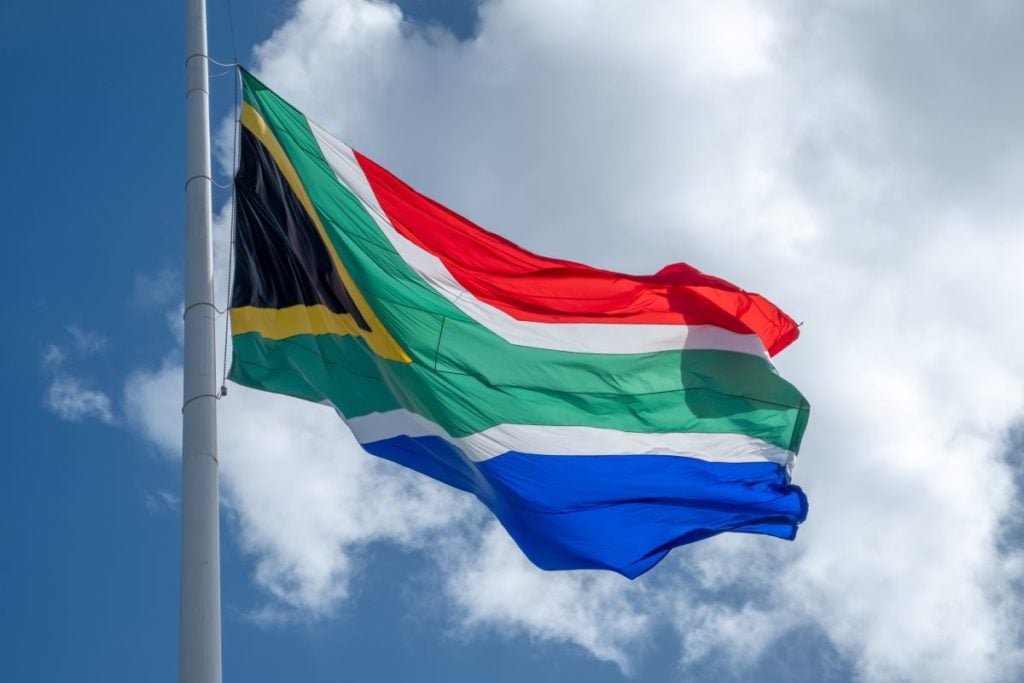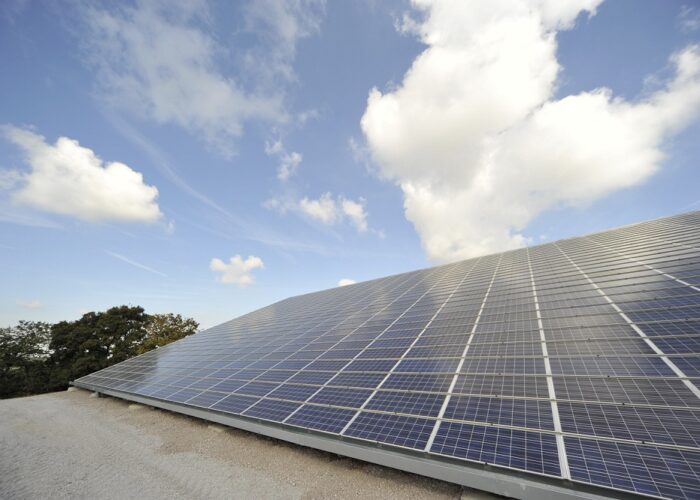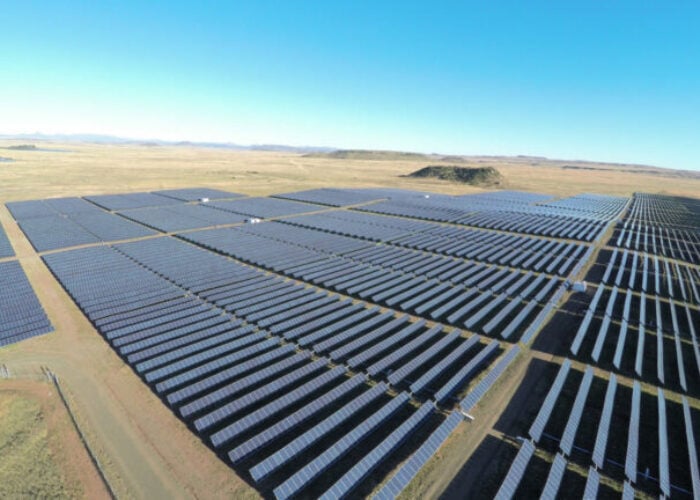
South Africa’s government has approved the South African Renewable Energy Master Plan (SAREM) to accelerate renewables deployment.
The plan aims to add at least 3GW of renewable energy per year and up to 5GW by 2030. SAREM outlines a framework to facilitate the inclusive industrialisation of the country’s renewable energy and energy battery storage value chain.
Unlock unlimited access for 12 whole months of distinctive global analysis
Photovoltaics International is now included.
- Regular insight and analysis of the industry’s biggest developments
- In-depth interviews with the industry’s leading figures
- Unlimited digital access to the PV Tech Power journal catalogue
- Unlimited digital access to the Photovoltaics International journal catalogue
- Access to more than 1,000 technical papers
- Discounts on Solar Media’s portfolio of events, in-person and virtual
Or continue reading this article for free
South Africa hopes to increase its renewables additions in the coming years, and SAREM will also support the establishment of industrial hubs and Special Economic Zones focused on renewable energy manufacturing and services.
The Ministry of Electricity and Energy said in a statement that localising the production and supply of renewable energy and battery storage technologies would improve the resilience and sustainability of energy supply.
“The South African Renewable Energy Master Plan is not just a blueprint for green industrialisation; it is a pathway to a more sustainable and equitable future for all South Africans. We have a unique opportunity to lead in the global renewable energy and battery storage landscape, creating jobs and fostering economic growth while protecting our environment,” said Kgosientsho Ramokgopa, South Africa’s minister of electricity and energy.
Moreover, the plan is intended to be adapted and updated “to accommodate emerging technologies and sectoral priorities”, although with an immediate focus on its implementation.
Trade association South African Photovoltaic Industry Association (SAPVIA) welcomed the adoption of the SAREM, for which SAPVIA was a founding member of the steering committee.
“As members of the committee we could represent the solar PV industry in the plan’s development and the news that the plan has now been adopted is truly worth celebrating,” said SAPVIA CEO, Dr Rethabile Melamu.
Solar PV contributed nearly half of the 3GW target last year, with 1.2GW of PV additions in 2024, according to data from trade body AFSIA Solar. This was the most capacity additions from any other country in Africa, followed by Egypt with 707MW of new additions in 2024.
A recent report – dubbed Large-scale Renewable Energy – from not-for-profit South African company GreenCape forecast 6GW of solar PV by 2030 in the country.







